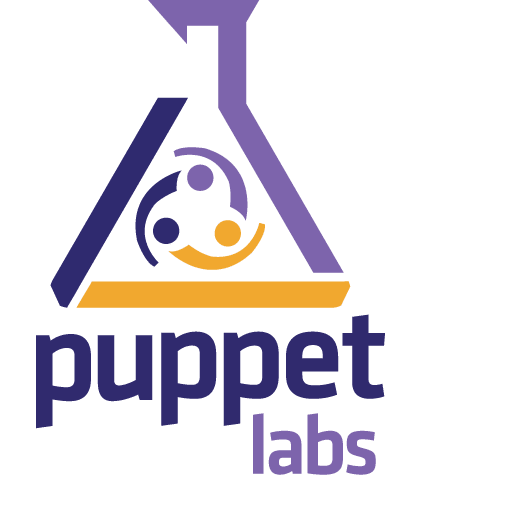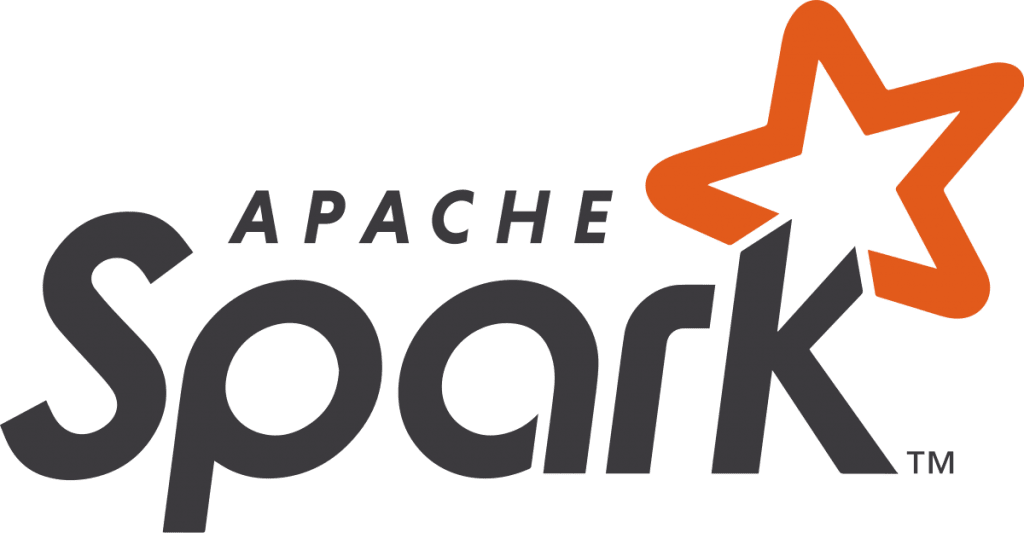Category: Tutorials
The Liquid Web knowledgebase provides information on thousands of topics surrounding every aspect of hosting, Linux, Windows, and countless other article types that help boost your Liquid Web experience!
What is Puppet and What Role Does it Play in DevOps?
What is Puppet?

Puppet is a cross-platform client-server based application used for configuration management. It handles the software and its configurations on multiple servers. There are two versions available. One is open-source, the other is a commercial version. It works on both Linux and Windows platforms. It uses a declarative approach to automate updates, installations, and other tasks. This feature allows the software to configure those systems using files called manifests. A manifest contains the instructions for a group or type of server(s) being controlled.
What is a VPN?

A Virtual private network (VPNs) creates a secure connection between a remote computer and another network. The connection itself is encapsulated and encrypted which provides a protected communications channel between the two points.
What is NoSQL and How is it Utilized?
What is NoSQL?
A NoSQL or a NoSQL Database is a term used when referring to a “non SQL” or “not only SQL” database. NoSQL databases store data in a different format than a traditional relational database management systems. This is why NoSQL is often associated with the term “non-relational” database. Simply put, NoSQL databases are modern databases with high flexibility, blazing performance, and built for scalability. These databases are used when you require low latency and high extensibility while working with large data structures. The versatility of NoSQL is due to the nature of as being unrestricted in comparison to relational databases models such as MySQL or DB2.
What is the Difference Between Git and GitHub?
What is Git?

Git is a distributed version control system (or VCS), typically used to track files changes. It was developed in 2005 by Linus Torvalds, the creator of the Linux kernel. Git’s primary use is to keep track of changes within source code during the software development process. Source Code Management or SCM was the primary reason for its creation.
How To Protect Your Website From Remote Code Execution
What is Remote Code Execution?
Remote code execution, also known as code injection, is one of the most common ways hackers compromise a website. This term encompasses multiple techniques which have one aspect in common. The attacker passes off their code as legitimate in the server's eyes, using a data submission method typically reserved for regular users.
How to Install and Configure Kubectl: A Tutorial
What is Kubectl?
Kubectl is a command-line tool for Kubernetes. It allows us to execute Kubernetes operations via the API. We can use Kubectl to deploy apps, check logs as well as manage all the other resources of the cluster.
How to Install and Configure PyCharm on Windows
What is PyCharm?
PyCharm is a widely used IDE or integrated development environment for Python, which can run on Windows, Linux, or macOS. This cross-platform, application, combined with its being open-source, has caused PyCharm to be one of the fastest-growing IDEs since its development in 2010. PyCharm comes in two flavors: community edition or professional.
How To Set Up A Python Virtual Environment On Windows 10
A Virtual Environment or a "venv" is a Python module that creates a unique environment for each task or project. It installs the packages we need that are unique to that setting while keeping your projects neatly organized. Additionally, venv never actually modifies the system’s default Python versions or modules that are installed on the system. Using venv essentially allows for a unique working environment while avoiding any disruptions to other variants of Python that are used, but not related to our project.
How to Configure Windows Remote Desktop Users Group
The most common way to remotely manage a Windows server is through Remote Desktop Protocol. By default, Liquid Web’s Windows servers only allow the members of the administrators' group remote desktop access. However, the Remote Desktop Users group grants its members access to securely connect to the server through RDP (Remote Desktop Protocol) as well.
How To Install Apache Spark on Ubuntu
What is Apache Spark?

Apache Spark is a distributed open-source, general-purpose framework for clustered computing. It is designed with computational speed in mind, from machine learning to stream processing to complex SQL queries. It can easily process and distribute work on large datasets across multiple computers.
Our Sales and Support teams are available 24 hours by phone or e-mail to assist.

